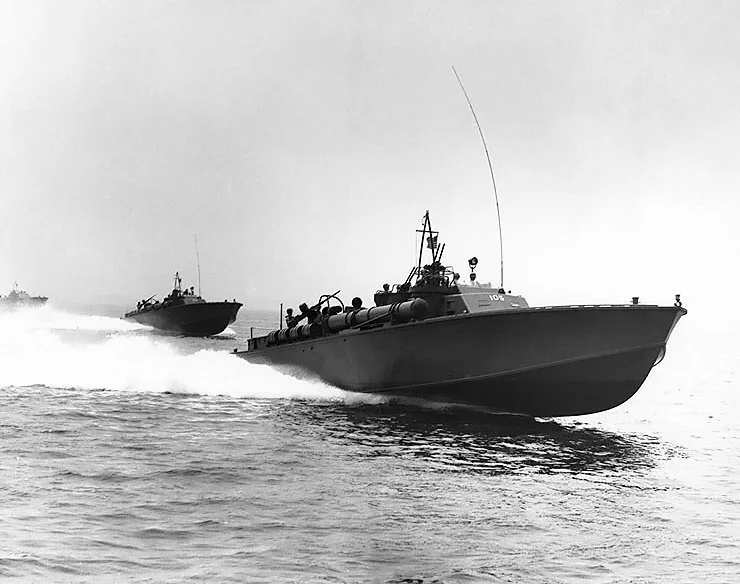A Day of Discovery—Just Not the One We Expected
Today was a day of measured disappointment, tempered by the thrill of uncovering a piece of forgotten history. Yesterday, while scanning a promising area at the mouth of Subic Bay, our sonar picked up a strong return—one that lined up well with where LT Thompson’s F6F Hellcat may have gone down during WWII.
This morning, our dive team entered the water with high hopes. What we found wasn't a fighter plane—but still something from World War II: the broken hull of a concrete barge. While it wasn’t the aircraft we sought, it’s still a fascinating historical find.
Due to critical steel shortages during WWII, the U.S. built large numbers of concrete barges (and ships). These vessels served vital roles in the Pacific theater, transporting fuel, supplies, and even ice cream for the troops. Many were used during the Liberation of the Philippines in 1944–45.
Side note: Sailors' enthusiasm for ice cream led the Navy to invest $1 million in constructing a floating ice cream factory during World War II. A concrete barge was retrofitted to produce and distribute ice cream at sea. Stationed in the Western Pacific, the barge supplied ice cream to smaller ships, such as destroyers, that lacked onboard production capabilities.
Back to Subic Bay: Following Liberation, Subic Bay was designated Naval Advance Unit No. 6 and became a submarine and motor torpedo boat base, with the USS Fulton arriving on February 11, 1945. In July 1945, a Naval Supply Depot was established at Maquinaya, about three miles from the main base. Many concrete barges were used for fuel storage.
The barges became obsolete as permanent fuel depots were constructed at Subic Bay, which eventually housed 4.6 million barrels of storage and became the largest in the country. With no further use, many concrete barges were towed out and either abandoned, scuttled, or sank.
That seems to be the story behind today’s discovery—an artifact of wartime logistics, silently resting in the bay’s depths for nearly 80 years.
We continue the search today with a couple more dives scheduled in carefully selected locations. While todays’s discovery of a WWII-era concrete barge was an unexpected but fascinating find, our team remains focused on the greater mission: locating the crash site of Lt. Thompson’s F6F Hellcat, believed to have gone down in this area after being hit by enemy fire during the war.
At the same time, we’re also surveying nearby zones where we believe the remains of PT-31 may rest—a compelling mystery in its own right. PT-31 was one of the U.S. Navy's motor torpedo boats assigned to Motor Torpedo Boat Squadron Three, the same squadron that famously evacuated General MacArthur from Corregidor aboard PT-41 in 1942. PT-31 had a massive engine failure during an attack on Japanese ships at Subic Bay and was scuttled at the mouth of the bay. Though its fate is documented, the exact location has never been confirmed.
While our primary goal remains to find and document Lt. Thompson’s final resting place, pinpointing the remains of PT-31 would be a huge accomplishment in its own right. It would shed light on a little-known chapter of the war and honor the sailors who served aboard her.
Every dive deepens our understanding of the past and brings us closer to uncovering long-lost truths beneath the waters of Subic Bay.
